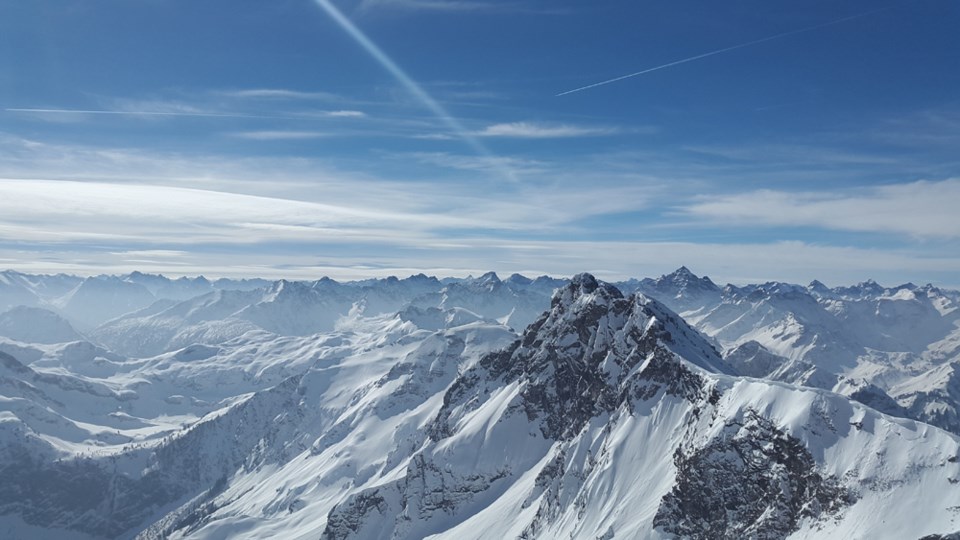With a new wave of record-breaking snowfall having just blanketed our neighbours to the north, many in town are likely to seek adventures in the mountains, whether it be in the Whistler resort, Pemberton, or more remote backcountry areas.
While many regard it as common sense, it’s worth reminding people that it is more important than ever to be avalanche aware.
The death of 42-year-old Chris McCrum, who was backcountry skiing in Pemberton, serves as a sad reminder.
In this case, RCMP report that an avalanche buried him on Jan. 3. Mounties were contacted using an emergency beacon.
Weather and light delayed authorities from providing an immediate response. Rescuers were only able to come to the man’s aid on Jan. 4.
RCMP acknowledge McCrum and his group were all experienced in the backcountry and had all the equipment they were supposed to have.
Unfortunately, sometimes even with the utmost preparation, things can take a turn for the worst.
Through no fault of their own, McCrum and his group fell victim to every adventurer’s nightmare.
Nevertheless, being ready should be at the forefront of every adventurer who goes out into the backcountry.
As of Sunday, warnings from Avalanche Canada still stand for the Sea to Sky area.
Anyone going into alpine areas — that is, anywhere above treeline — faces considerable danger. The organization is urging adventurers to evaluate the snowpack carefully. Route-finding and decision-making should be conservative at this alert level.
“100 to 130 cm storm snow is both settling and being redistributed by strong winds. In the alpine, cornices are growing and wind slabs are developing in lee terrain,” reads Avalanche Canada’s website.
“Storm slabs have developed from heavy snowfall and strong winds. Cornices have grown in the alpine and the largest and most sensitive deposits of snow will be found in wind-loaded terrain.”
Storm slabs form when a new snow piles up over a weak layer, making it easy to trigger an avalanche.
The Colorado Avalanche Information Center says that it’s easy to trigger a storm slab avalanche, and riders often may not realize a slab has failed until it’s started running.
Sometimes, the center says, patience is perhaps the best way to stay safe.
“You can reduce your risk from storm slabs by waiting a day or two after a storm before venturing into steep avalanche terrain,” reads the site. “They usually stabilize in less than a week, so you can reduce your risk by waiting several days after a big loading event.”



